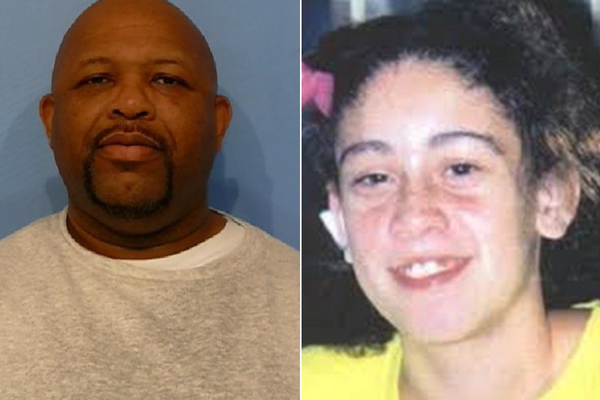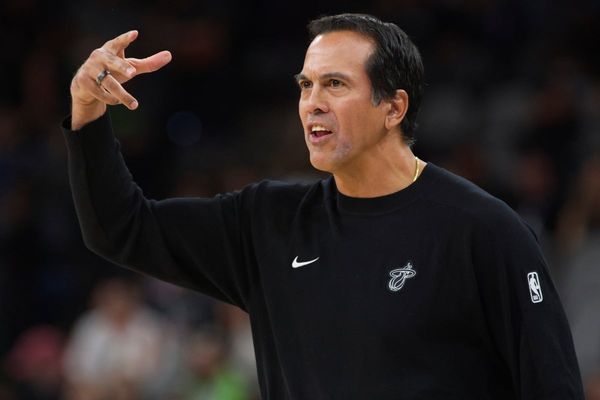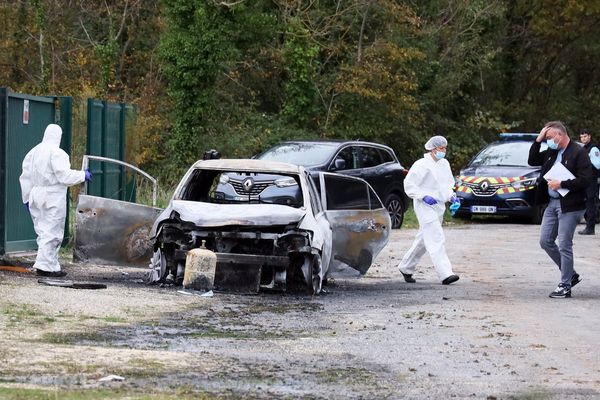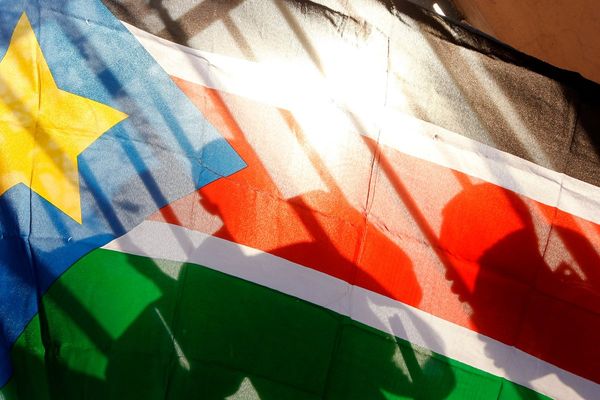
Aboriginal and Torres Strait Islander readers: please note this article mentions deceased persons.
Last week the UN Committee against Torture released its concluding observations following a regular review of Australia’s compliance with the UN Convention against Torture.
The report shines a light on the harrowing conditions inside Australia’s prisons and detention facilities. It also highlights the impunity of police and prison officers for torture and abuse.
Police and prison officers have the full protection of Australia’s legal system as police investigate police, governments withhold information and complaint systems are weak, toothless and inaccessible.
The UN pointed to various forms of torture and inhumane and degrading treatment in Australia’s prisons. It commented on the mistreatment of children in detention, the crisis of Indigenous deaths in custody, soaring rates of incarceration of First Nations people, solitary confinement, lack of adequate healthcare, routine and degrading strip searches, and physical and chemical restraints.
These reported issues are hardly new. In my role at the Victorian Aboriginal Legal Service (VALS), I speak to clients daily about their mistreatment in police and prison custody.
Clients, including young children, tell stories of being abused and threatened by officers, held in solitary confinement for weeks on end, tasered and placed in chokeholds when having mental health episodes, routine abusive strip searches, and failing to receive basic medical care.
One client, who is a child, has been violently arrested for behaviour including stealing household items, and has been held in life-threatening restraints. Their story is recounted in VALS’s submission to the Yoorrook Justice Commission. Other children are detained in solitary confinement in maximum security adult prisons.
Rarely, as we saw with the recent Four Corners expose of Western Australia’s youth justice system, these forms of abuse reach the public’s awareness. Even more rarely is any police or prison officer held to account — not surprising given Australian governments’ practice of obscuring what really happens in prisons. The UN criticised Australia for failing to track the experiences of people in detention, failing to provide crucial data, and the lack of information on legal redress available for torture and mistreatment in prisons.
Only one month before Australia’s UN appearance, New South Wales and Queensland prevented UN inspectors from visiting places of detention, in clear breach of international obligations, prompting a UN delegation to prematurely suspend its visit.
Governments withholding information and data is just one part of an entire legal system targeted at enabling police, prison officers and the prison system itself to avoid scrutiny.
In my role, I work with clients to bring their stories of mistreatment in police and prison custody to light. We face hurdles every step of the way.
In Victoria, like in most states, in 99% of cases if a person makes a complaint about police it will be investigated by a member of the police force instead of an independent body. Even where there is clear excessive force — such as people thrown to the ground or tasered for no reason — investigators fail to find wrongdoing. A recent audit of Victoria Police handling of complaints by Aboriginal people found high rates of bias and conflicts of interest, leading to the potential concealment of misconduct.
Even where someone successfully sues the police, the Independent Broad-based Anti-Corruption Commission has revealed that a complaint “is not recorded on personnel files … and is therefore not considered by panels when Victoria Police personnel apply for positions or promotions”.
When police do make gestures to their human rights obligations in the form of policy changes, those policies don’t filter down to officerson the ground. Their own lawyers describe policies as not “strict proscriptive rules for what police officers have to do”.
Even though Victoria has a human rights charter, its design is such that people can’t be compensated for human rights abuses, and there are limits on police and prison officers being sued for breaching it.
Accountability for deaths in custody is equally lacking. The UN noted rising rates of First Nations deaths in custody and criticised insufficient information provided to it on investigations into these deaths.
In jurisdictions throughout Australia, police are responsible for investigating deaths in police and prison custody. The conflict of interest is obvious. In many investigations, police compile shoddy briefs with crucial, time-sensitive evidence missing and fail to interview key witnesses or investigate system failures. In Victoria, initial reviews of deaths in custody are conducted by a business unit within Corrections Victoria and frequently fail to uncover any wrongdoing. This process has been criticised by the Coroners Court.
Even where coroners refer officers involved in deaths to prosecution agencies, as was the case with the death of Yorta Yorta woman Aunty Tanya Day, prosecutors often refuse to bring charges, leaving families “devastated and angry”. Despite at least 517 First Nations deaths in custody since 1991, no police or prison officer has ever been convicted of a criminal offence for one of them.
Echoing calls made by First Nations peoples and organisations for decades, the UN called for the prompt, effective and independent investigation of deaths in custody and for accountability and sanctions for these deaths.
Its report provides a clear mandate for all Australian jurisdictions to end the practice of police and prisons investigating themselves, and for police and prison officers to be held to account for abuse and torture in custody.
Should police be allowed to investigate themselves? Let us know your thoughts by writing to letters@crikey.com.au. Please include your full name to be considered for publication. We reserve the right to edit for length and clarity.







